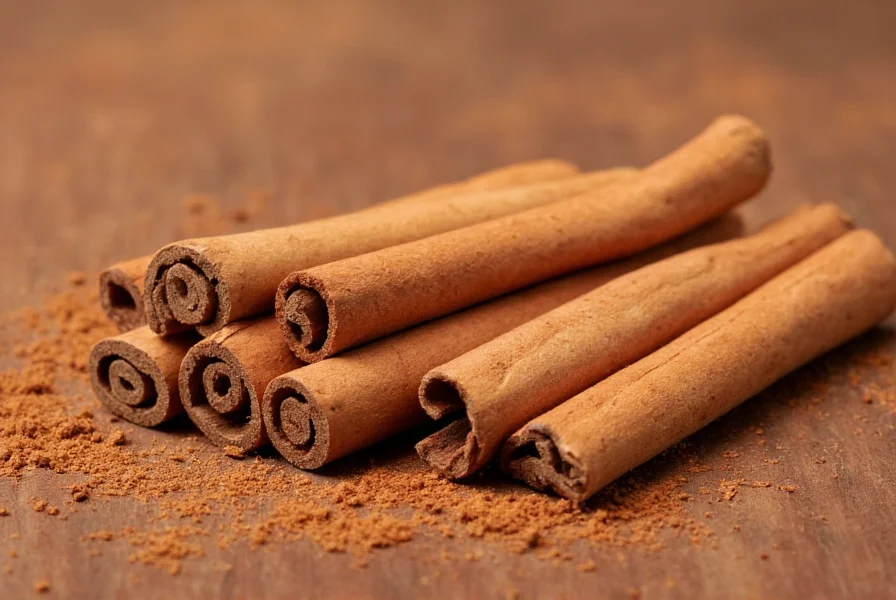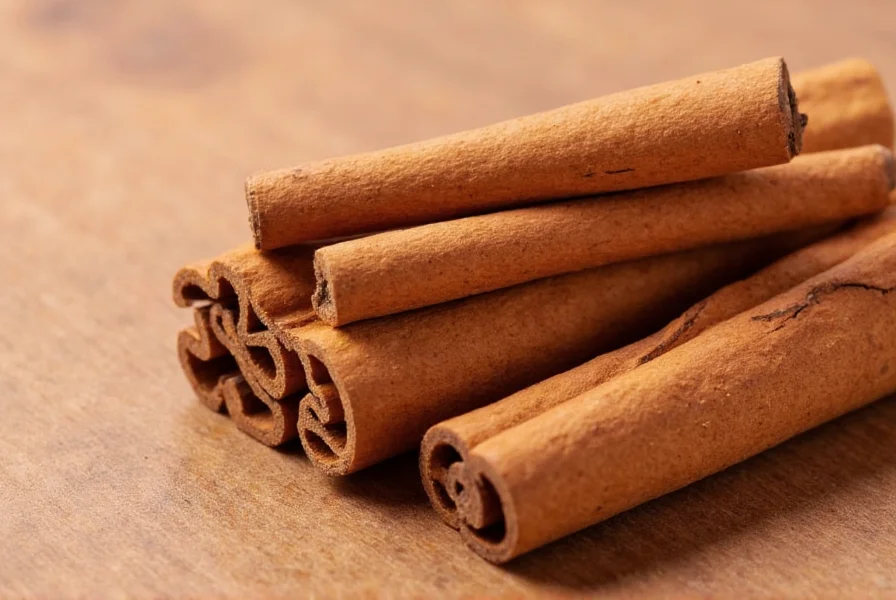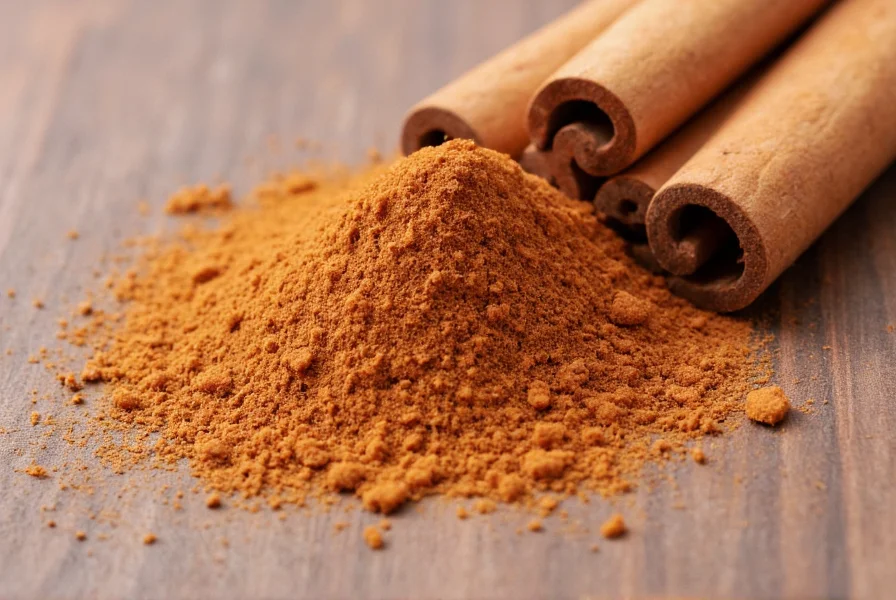When exploring what makes cinnamon a spice, it's important to understand how it fits within the broader spice category. Spices are typically defined as dried parts of plants other than leaves (which would be herbs), including seeds, fruits, roots, barks, and花香 resins. Cinnamon falls into the bark category, distinguishing it from other common spices like cumin (seeds), ginger (roots), or chili peppers (fruits).
The Science Behind Cinnamon as a Spice
Cinnamon's characteristic flavor and aroma come primarily from cinnamaldehyde, which makes up about 60-90% of its essential oil. This compound gives cinnamon its distinctive sweet, warm scent and flavor that has made it a kitchen staple worldwide. The concentration of cinnamaldehyde varies between cinnamon varieties, affecting their intensity and culinary applications.

Major Cinnamon Varieties Explained
Not all cinnamon is created equal. Understanding the differences between cinnamon varieties for cooking is essential for achieving the best results in your recipes:
| Variety | Origin | Flavor Profile | Culinary Best Uses |
|---|---|---|---|
| Ceylon Cinnamon | Sri Lanka | Milder, sweeter, more complex | Desserts, delicate dishes, beverages |
| Cassia Cinnamon | China, Indonesia | Stronger, spicier, more intense | Baking, robust dishes, spice blends |
| Saigon Cinnamon | Vietnam | Most intense, highest oil content | Commercial baking, strong-flavored dishes |
Cinnamon vs Other Common Spices
When comparing cinnamon to other spices, several distinctive characteristics emerge. Unlike nutmeg (which comes from a seed) or turmeric (a root), cinnamon's bark origin gives it a different chemical composition and flavor release. Cinnamon dissolves more readily in liquids than whole spices like cloves or allspice berries, making it particularly suitable for beverages and sauces.
The difference between cinnamon and other spices becomes especially apparent in baking applications. While spices like ginger and allspice complement cinnamon, they cannot substitute for its unique flavor profile. Professional bakers often combine cinnamon with complementary spices in what's known as "pumpkin spice" or "apple pie spice" blends, but cinnamon remains the dominant note in these mixtures.
Culinary Applications Across Global Cuisines
Cinnamon's versatility spans both sweet and savory applications across numerous culinary traditions. In Middle Eastern and North African cuisines, cinnamon appears in savory meat dishes and rice preparations, while in European and American cooking, it's predominantly associated with desserts and baked goods.
Understanding how to use cinnamon in baking requires attention to timing and temperature. Ground cinnamon releases its flavor more quickly than whole sticks, making it ideal for baked goods where even distribution is important. For infusions like mulled wine or chai tea, whole cinnamon sticks provide a more gradual flavor release and can be easily removed after the desired strength is achieved.

Storage and Selection Tips
To maintain cinnamon's potency, proper storage is essential. Whole cinnamon sticks retain their flavor longer than ground cinnamon—up to 3-4 years versus 6-12 months. Store both forms in airtight containers away from light and heat. When selecting cinnamon, consider your intended use: Ceylon cinnamon works best in delicate desserts where you want subtle spice notes, while Cassia provides the stronger flavor expected in traditional cinnamon rolls and snickerdoodles.
Common Misconceptions About Cinnamon
Several myths persist about this popular spice. One common misconception is that "true cinnamon" refers only to Ceylon variety—while Ceylon is often marketed as "true cinnamon," both Ceylon and Cassia are authentic cinnamon varieties with different culinary applications. Another misunderstanding involves cinnamon spice health benefits; while research shows potential benefits, these should not be overstated as medical claims.
Practical Usage Guidelines
When incorporating cinnamon into recipes, remember that Cassia is more potent than Ceylon, so you may need to adjust quantities when substituting one for the other. For the best flavor in baking, mix ground cinnamon thoroughly with dry ingredients before adding liquids. In savory applications, add cinnamon early in the cooking process to allow its flavors to meld with other ingredients.











 浙公网安备
33010002000092号
浙公网安备
33010002000092号 浙B2-20120091-4
浙B2-20120091-4